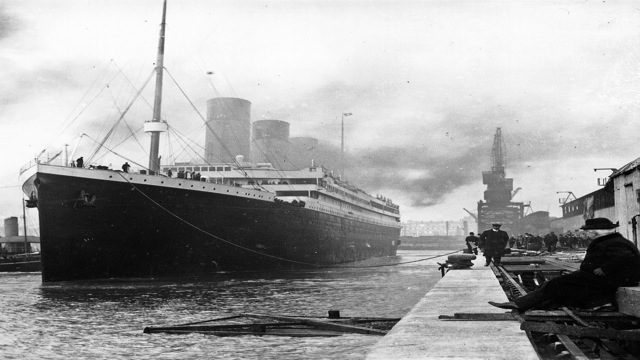This past Sunday marked 100 years since the Titanic sank in the icy waters of the northern Atlantic Ocean. Yet after all this time, questions still remain about what really caused the ship to go down.
Often an errant iceberg gets all the blame. Others chalk up the disaster to human error. And a new book posits that odd weather conditions caused a hazy mirage that hid the iceberg from sight.
In her most recent video, materials scientist Ainissa Ramirez, at Yale University, looks at two theories of how metals used to build the ship could have contributed to the damage.
One theory is that the frigid water cooled the ship’s hull enough to change its mechanical properties from flexible to brittle. If so, the metal sheets would crack easily upon impact, instead of denting like a car that’s been in an accident. If the boat was in warmer waters when it hit the iceberg, perhaps the gash in the hull would have been smaller, Ramirez says.

